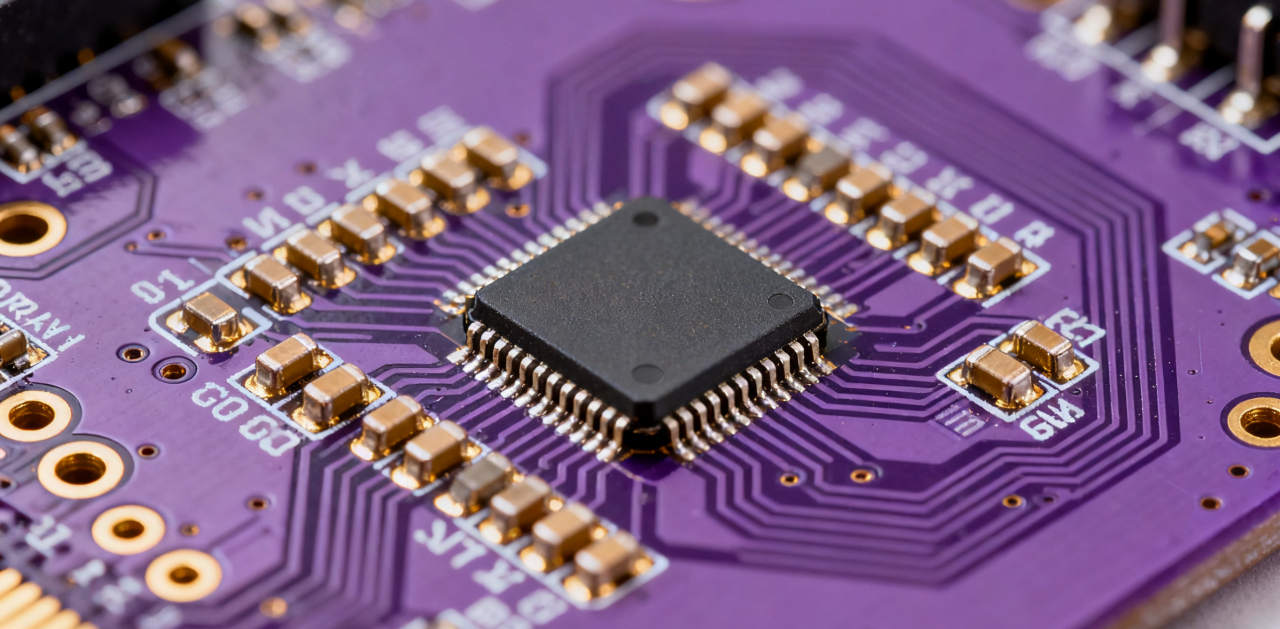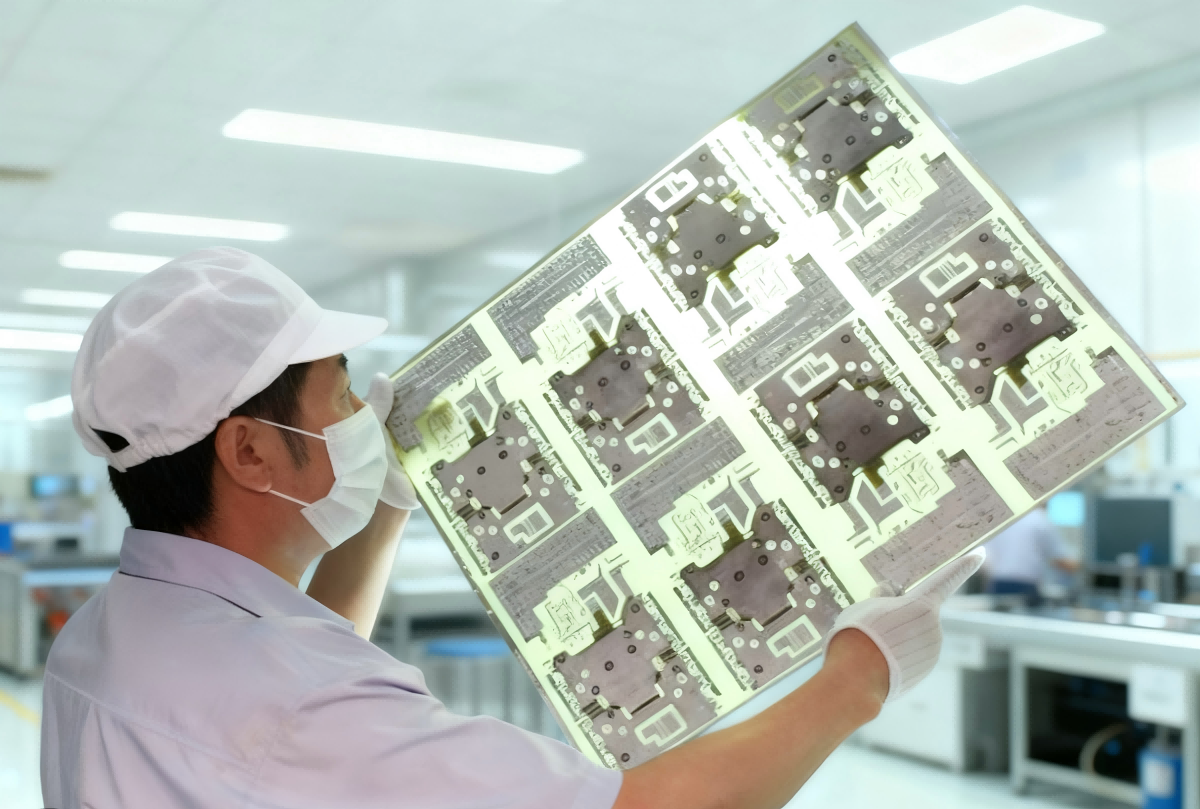How to Select the Right PCB Manufacturer: A 5-Step Guide for New Buyers
Navigating the world of PCB (Printed Circuit Board) procurement can be daunting for a new buyer. Your success hinges on finding a manufacturer that is not just a supplier, but a reliable partner. A poor choice can lead to project delays, cost overruns, and product failures.
This practical 5-step guide will equip you with a systematic process to vet and select a PCB manufacturer that perfectly aligns with your technical and business requirements.

Step 1: Define Your Internal PCB Requirements and PCB specifications (The Foundation)
Before contacting any suppliers, your first and most crucial step is to have a detailed kickoff meeting with your engineering team. Create a definitive PCB Requirement Specification document. This will be your blueprint.
Key information to clarify:
lTechnical Parameters:
Layer Count: Single-sided, double-sided, or multi-layer (e.g., 4, 6, 8 layers)?
Base Material: Standard FR-4, High-Tg, High-Frequency (Rogers RO4350B), High-Speed, Aluminum, or Flexible (FPC).
Board Thickness: The final finished thickness and tolerance.
Copper Weight: Typically 1oz (35μm) or 2oz, for both inner and outer layers.
Minimum Trace/Space: A critical metric for process capability (e.g., 3mil/3mil).
Surface Finish: Has-Lead Solder, ENIG (Immersion Gold), Immersion Tin, Immersion Silver, or OSP (Anti-Oxidation). The PCB design engineer usually would choose different surface treatment base on different application, becuase the suface treatment is related to the reliability and solderbility.
Special Requirements: Is Impedance Control required? This usually critical for telecomunication products. Any need for blind/buried vias or HDI (High-Density Interconnect) technology?
lQuality & Standards:
Quality Standard: Adherence to IPC-6012 Class 1/2/3.
Class 1: Consumer electronics (least stringent).
Class 2: Industrial/telecom equipment (more rigorous).
Class 3: Automotive, aerospace, medical life support systems (most stringent).
Reliability Testing: Requirements for electrical testing, thermal shock, etc.
lCommercial & Logistics:
Target Price/Budget: A realistic cost range from the engineer, they might have experience with buying before.
Order Quantity: Prototype (<3 sqm), small-batch, or mass production?
Lead Time: Expected turnaround for prototypes and production runs.
Pro Tip: Do not skip this step. A clear specification makes you look professional and allows suppliers to provide accurate and comparable quotes.
In Zero Mistake Solutions, when our client doesn’t clear about the PCB specifications, we will analyze the project and offer a default specifications such as FR4 TG135 Material,1.6mm thickness, 1OZ copper thickness, HASL surface treatment, green solder mask and white silkscreen for price reference, these specifications is able to satisfy most of the consumer and industry circuit boards. But if we found the boards is upper 4 layers, we would like to suggest ENIG surface treatment to make sure the good soldering stability. Of course, each project has its unique application and design purpose, it is always the best to double confirm with the designing engineer and make the PCB with totally right specifications.
Step 2: Initial Supplier Screening among various PCB suppliers
With your requirements in hand, you can start creating a list of potential PCB manufacturers via online directories, trade shows, or B2B platforms. Use these criteria for a quick filter:
1. Technical Capability Match: Check the factory's "Capability" page on their website. If you need an 8-layer board with impedance control and they only make double-sided boards, eliminate them.
2. Capacity & Scale Fit: Match your order volume with their specialty. Some excel at quick-turn prototypes; others are geared for high-volume production.
3. Services and after-sales services: A better communication and faster shipping always helps you win a lot of time and efforts, salesperson who taking care of your project also understand your situation will be the very best options.
4. Industry Reputation: Search for company reviews or news about legal disputes, see if they have any negative feedback on in their shops.
Zero Mistake Solutions is born for helping our clients simplify their problems. If you don’t want to spend much time on comparing different capabilities manufacturer, we can supply all of kinds of PCB and from small to mass production to meet your demand.
Step 3: Deeper Evaluation & RFQ
Narrow your list to 3-5 potential PCB suppliers and initiate contact. Go beyond price by asking targeted, professional questions.
Key Questions to Ask:
On Quality:
- What certifications do you hold? (e.g., ISO9001, IATF16949, UL,ect)
- What is included in your final inspection? Can you provide test reports (such as flying probe test report and Slicing Report)?
- What is your solutions if the quality problem happens in mass production?
On Service:
- Do you have a dedicated contact for our project?
- What is your standard and expedited prototype lead time? What is the lead time for production?
On Engineering Support:
- Can you provide DFM (Design for Manufacturability) feedback?
- Will you flag issues in our design files? (Engineers love this).
- Do you able to help with PCB panelization or PCB array?
Request for Quotation (RFQ):
Send your PCB Requirement Specification and request a detailed quote. Scrutinize the cost breakdown such as the PCB material cost, engineering cost, electrical testing cost, soldermask cost, test jig cost, not just the total. A transparent quote builds trust.
Step 4: Prototype Evaluation & Factory Audit (The Final Verification)
This is the most decisive phase.
Order Prototypes: Always test the PCB samples quality before you go with the production! Place a small prototype order with your top 1-2 choices.
Rigorous Testing: Hand the s amples to your engineering team for validation—checking dimensions, vias diameters, track and width, impedance, solderability, and appearance. Your engineer's satisfaction is the ultimate judge.
Factory Audit (For Critical Projects): If the project is high-volume or high-risk, an on-site visit is invaluable.
What you should Look for in a PCB factory:
Clean and organized facilities.
Advanced equipment (LDI, AOI, VCP lines).
Robust processes and diligent QC personnel.

Step 5: The Final Decision (Scoring & Selection)
Create a simple Supplier Scorecard to make a data-driven decision.
| Evaluation Criteria | Weight | Supplier A | Supplier B |
| Technical Capability | 30% | ||
| Product Quality | 25% | ||
| Price Competitiveness | 20% | ||
| On-Time Delivery | 15% | ||
| Communication & Service | 10% | ||
| Total Score | 100% |
Here are some Final Recommendations for PCB new buyers:
Be the Bridge: Your role is to facilitate information between your engineers and the factory.
Price Isn't Everything: The cheapest option often cuts corners, leading to higher costs from defects and delays later.
Start Small: Begin with a small production run to verify consistency before scaling up.
By following this structured 5-step guide, you will transition from an unsure newcomer to a confident, professional buyer capable of selecting a high-quality PCB manufacturing partner that ensures the success of your electronic products.

